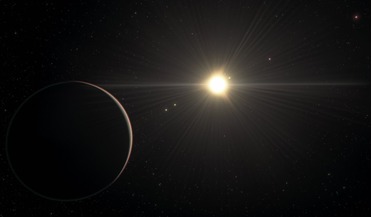 25 January 2021
Unique six-exoplanet system challenges theories of how planets form
25 January 2021
Unique six-exoplanet system challenges theories of how planets form
... Large Telescope (ELT) begins operating later this decade it will be able to directly image rocky exoplanets in a star’s habitable zone and even characterise their atmospheres; a feature that will help scientists to understand systems like TOI-178...
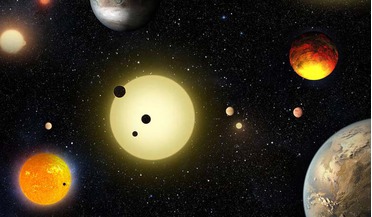 11 May 2016
Kepler scientists announce a major increase in confirmed exoplanet numbers
11 May 2016
Kepler scientists announce a major increase in confirmed exoplanet numbers
... diagram for reference. The light and dark green shaded regions indicate the conservative and optimistic habitable zone. Credits: NASA Ames/N. Batalha and W. Stenzel Despite announcing the single largest finding of planets to date, it has...
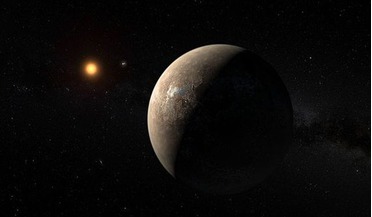 28 August 2016
How habitable is Proxima b?
28 August 2016
How habitable is Proxima b?
... Earth ocean’s worth of hydrogen before it reached the habitable zone around its host star, 100–200 Myr after its ... team do conclude that Proxima b is a viable candidate habitable planet. In another paper published to accompany these results, with...
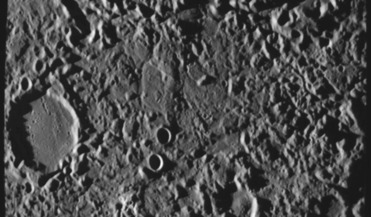 27 March 2020
Mercury's crust could have had episodic habitable conditions, new study says
27 March 2020
Mercury's crust could have had episodic habitable conditions, new study says
...in the Solar System – Mercury – could once have hosted a habitable underground layer filled with life-loving compounds. But according to new... whether our Solar System's habitable zone could now be expanded to include this small, tortured rocky world.
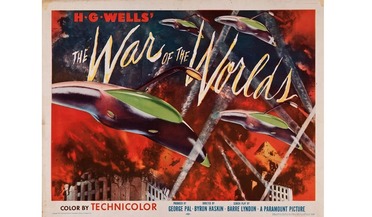 September 2017
Science searches for cosmic company
September 2017
Science searches for cosmic company
... recent exoplanet studies have shown that a considerable fraction of these bantam suns have planets in the so-called ‘habitable zone’ – an orbital distance at which temperatures could be suitable for liquid-water oceans. Red dwarfs also have the...
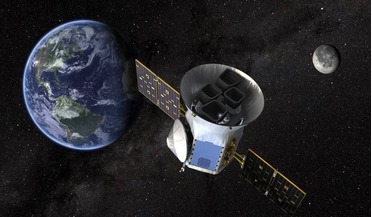 15 April 2018
TESS, NASA's planet-finding mission launches today!
15 April 2018
TESS, NASA's planet-finding mission launches today!
...and covering a wide span of orbital periods – some in the habitable zones of their host stars. The mission is expected to last two ... one fifth of sun-like stars have planets in their habitable zone. And, if Kepler can find over a thousand exoplanets ...